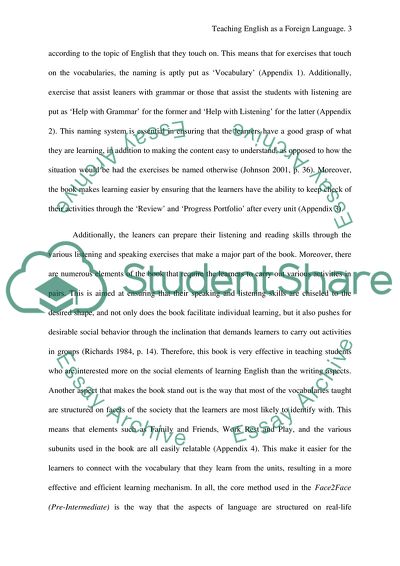Cite this document
(Teaching English as a Foreign Language Book Report/Review, n.d.)
Teaching English as a Foreign Language Book Report/Review. Retrieved from https://studentshare.org/education/1847453-methods-and-developments-in-teaching-english-as-a-foreign-language
Teaching English as a Foreign Language Book Report/Review. Retrieved from https://studentshare.org/education/1847453-methods-and-developments-in-teaching-english-as-a-foreign-language
(Teaching English As a Foreign Language Book Report/Review)
Teaching English As a Foreign Language Book Report/Review. https://studentshare.org/education/1847453-methods-and-developments-in-teaching-english-as-a-foreign-language.
Teaching English As a Foreign Language Book Report/Review. https://studentshare.org/education/1847453-methods-and-developments-in-teaching-english-as-a-foreign-language.
“Teaching English As a Foreign Language Book Report/Review”, n.d. https://studentshare.org/education/1847453-methods-and-developments-in-teaching-english-as-a-foreign-language.


